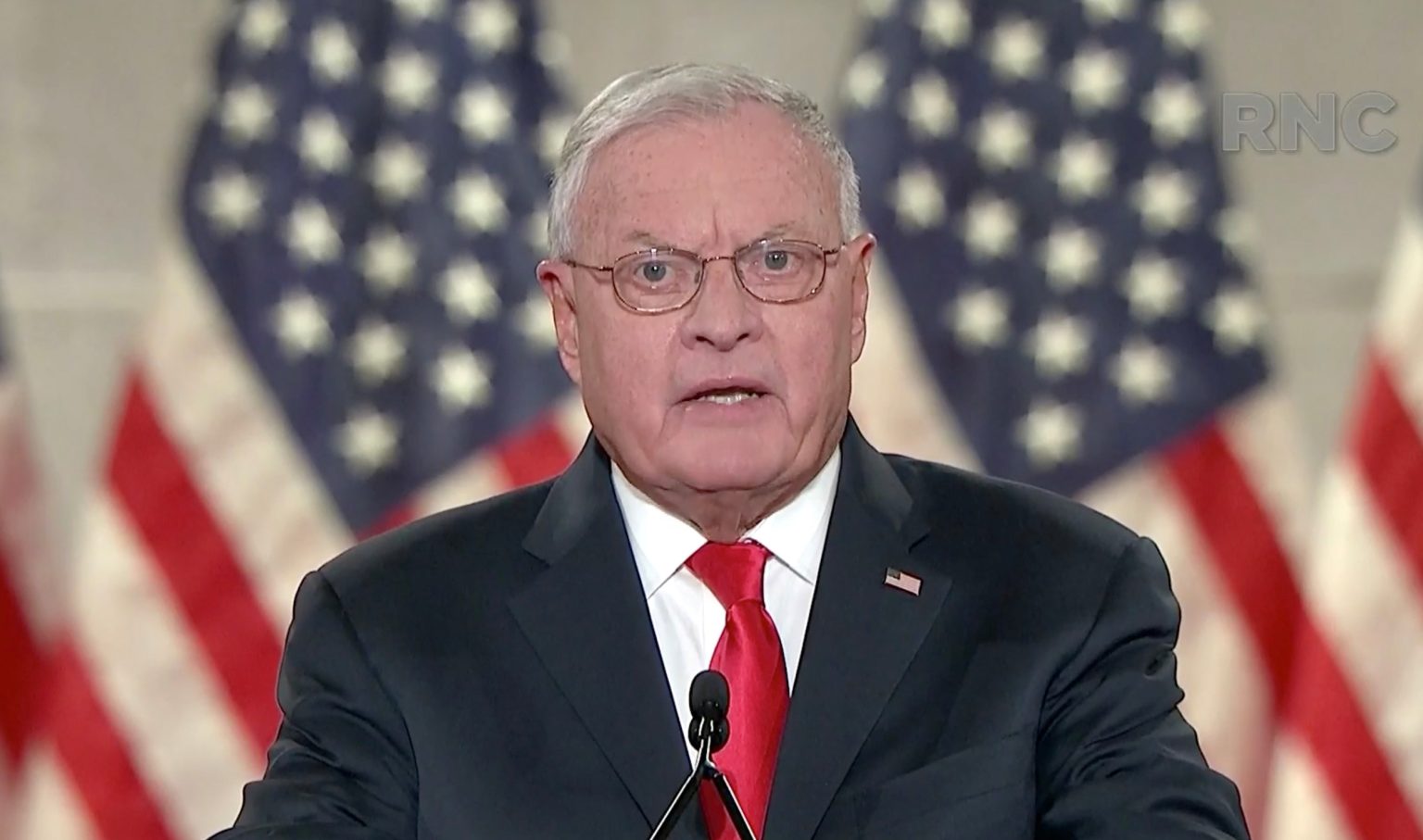Paragraph 1: The Anticipation of a Swift Resolution
Former National Security Council chief of staff, Keith Kellogg, has expressed confidence in a rapid resolution to the Russia-Ukraine conflict, predicting an end within months of Donald Trump’s potential return to the presidency. Kellogg, a retired lieutenant general, anticipates playing a key role in negotiations, drawing on his experience and close relationship with Trump. This optimistic forecast underscores Trump’s repeated assertions of his ability to broker peace between the warring nations, a claim central to his foreign policy platform.
Paragraph 2: Trump’s Approach: "Peace Through Strength"
Trump’s campaign rhetoric centers on the concept of "peace through strength," a philosophy he believes will be instrumental in resolving the Ukraine conflict. This approach emphasizes leveraging American power and influence to negotiate from a position of strength, potentially deterring further aggression and promoting a swift end to hostilities. Trump’s confidence in his negotiating prowess stems from his past interactions with both Vladimir Putin and Volodymyr Zelensky, experiences he believes give him unique insights into the dynamics of the conflict.
Paragraph 3: Russia’s Cautious Receptiveness to Trump’s Overture
While Russia has expressed willingness to consider Trump’s proposals, their stance remains cautious. Senior Russian diplomat Sergei Ryabkov acknowledged their readiness to study Trump’s plans but stopped short of endorsing them. This cautious optimism indicates a potential opening for dialogue, although concrete agreements are far from guaranteed. The Kremlin’s response suggests a recognition of Trump’s potential influence and a willingness to explore alternative paths to resolving the conflict.
Paragraph 4: Trump’s Proposed Path to Peace: Ceasefire and Negotiations
Trump has publicly advocated for an immediate ceasefire followed by negotiations, emphasizing the urgency of ending the bloodshed and preventing further escalation. He has expressed concerns about the human cost of the war and the potential for a wider conflict if hostilities continue. This call for a ceasefire aligns with his belief in a negotiated settlement, a stark contrast to the current administration’s focus on military aid to Ukraine. Trump believes a cessation of hostilities is the crucial first step towards a lasting peace.
Paragraph 5: Zelensky’s Insistence on Secure Sovereignty
While Zelensky has also expressed his desire for peace, he remains firm in his demand for guarantees against future Russian aggression. He insists on ensuring Ukraine’s sovereignty and territorial integrity as a non-negotiable element of any peace agreement. This reflects Ukraine’s determination to prevent a recurrence of the 2014 annexation of Crimea and the ongoing conflict in the eastern regions. Zelensky’s position highlights the significant challenge in bridging the gap between the parties involved.
Paragraph 6: The Complexities of Achieving a Lasting Resolution
Despite the expressed desire for peace from various parties, achieving a lasting resolution remains a complex undertaking. The diverging interests of Russia, Ukraine, and the United States, coupled with the intricate history of the conflict, present formidable obstacles. While Trump’s confidence and Russia’s tentative receptiveness offer a glimmer of hope, the stark reality of Zelensky’s demands and the ongoing fighting underscore the formidable challenges ahead. The path to peace remains uncertain, with significant hurdles to overcome before a sustainable resolution can be achieved.

